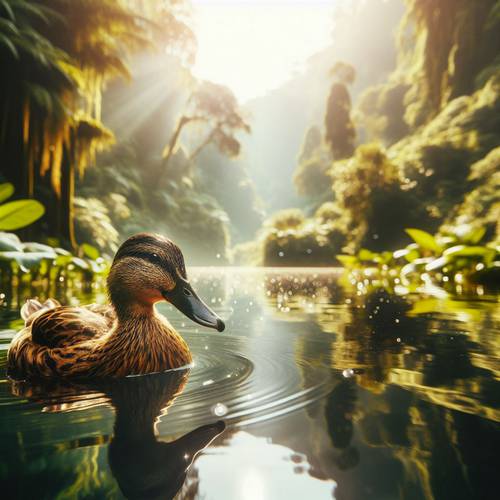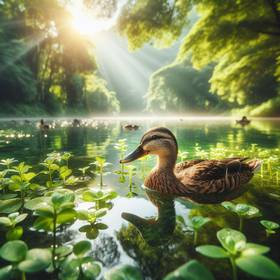Omnivorous Nature of Ducks
Ducks exhibit an omnivorous nature, consuming a diverse range of foods from both plant and animal sources. Their diet includes aquatic plants, insects, small fish, crustaceans, and grains. This omnivorous behavior allows ducks to adapt to various habitats, from freshwater ponds to agricultural fields. By foraging on a wide array of foods, ducks meet their nutritional needs and play a vital role in ecosystem dynamics, contributing to the balance of aquatic and terrestrial ecosystems they inhabit.
Variety of Foods Consumed by Duck
Duck have a varied diet, consuming a wide range of foods depending on their habitat and availability. Their diet includes aquatic plants like water lilies and duckweed, insects such as mosquito larvae and freshwater shrimp, and grains like wheat and corn found along water edges. Additionally, ducks feed on various terrestrial plants and seeds, providing them with essential nutrients and energy. This diverse diet contributes to their adaptability in different environments and supports their overall health and survival.



